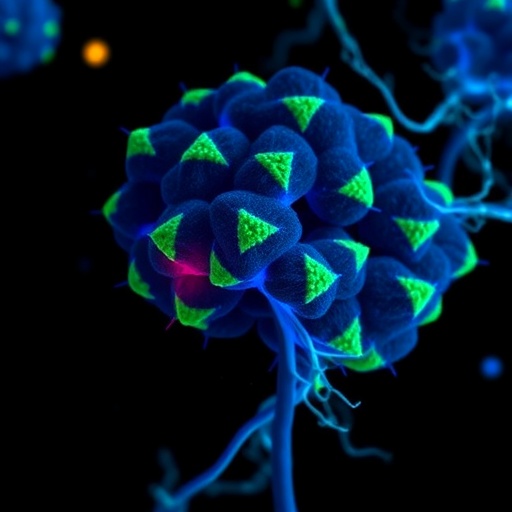The NewScientist reports all the necessary requirements like neurons, muscles cells and blood vessels were strewn together with nanowires and transistors capable of monitoring bioelectric impulses. With this new creation, scientists will be able to predict variations and one day even grant control over cellular behavior in the technology. Uses for the tissue include testing drugs, potentially create replacements for pacemakers and study the development of tumors in the human body. Leading the team is Charles Lieber who believes that with the creation, human beings are blurring the line between inorganic and organic systems. Researchers were able to create rat neurons, heart cells and muscle tissue.
Excitement among the team increased when they recorded a change in contraction rates when drugs were added to heart tissue, emulating the real organ. Currently the team has managed to create 1.5 centimetres of the “cyborg” blood vessels. For Lieber and the team, the next step in their project is to create components capable of transmitting “commands” to the neurons, mimicking the way a biological system performs.




